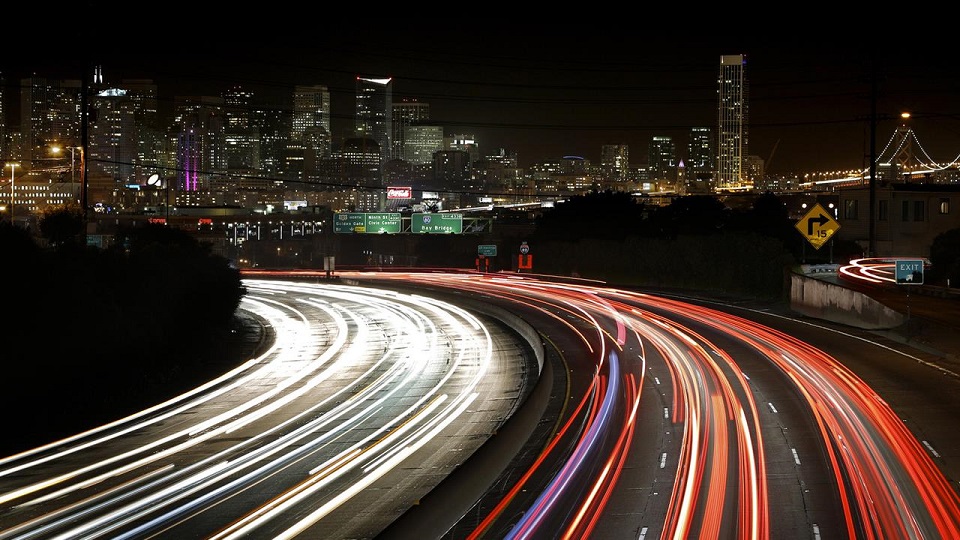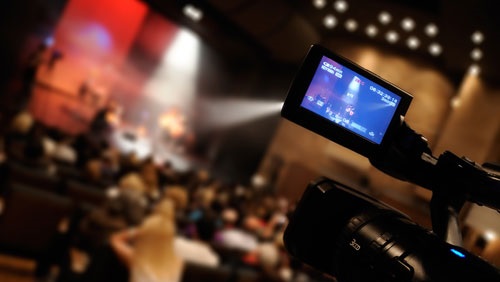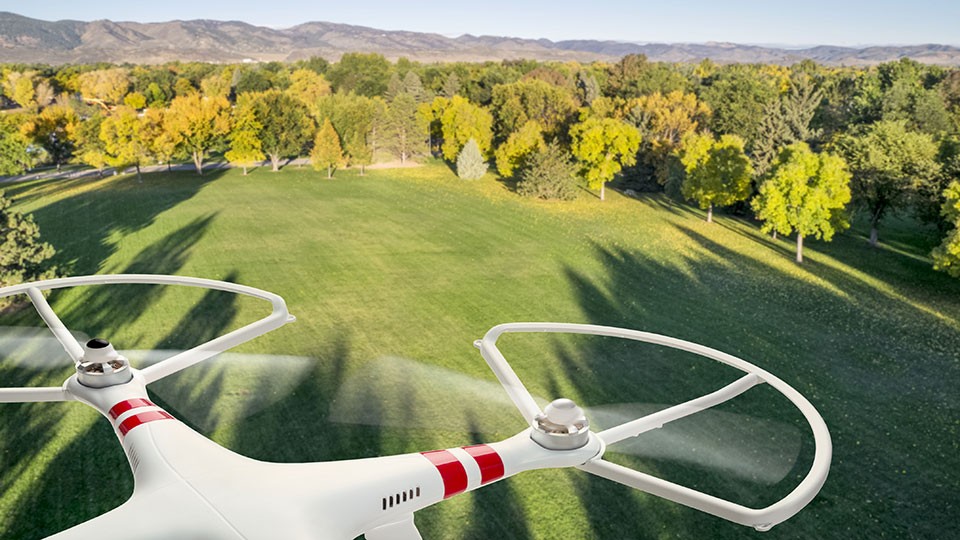
Video Production
Posted By: Baseline Communications / 0 comments
Video production is a term that describes the process in which video content is created. Some people
will use the terms video production and filmmaking interchangeably, but there is actually a difference
between the two. Filmmaking is exclusive to using film stock for producing motion pictures and images.
Video production is when motion pictures and images are recorded digitally, like when you use a digital
camera or camcorder. In the old days, video production meant that you were using a tape cassette like
VHS to record motion pictures. Now, thanks to the digital age, videotape is no longer used to record
these pictures. They are all saved to hard drives and memory cards now.
The art of video production involves three stages. These stages are explained below:
Pre-Production
Pre-production is the first stage of video production which deals with everything that must be done
before the actual video content is recorded. In most cases, writing the script for the video is the first
step. The script is like an outline of all the action and dialogue that will be needed for the video. This is
what the video crew will use to guide them through the entire production process. After the script is
written, all the administrative tasks for setting up the production will need to be done, such as managing
logistics and scheduling the production.
Production
Production is the second stage and it involves the process of recording the video content with the
cameras. This stage is usually performed on a studio set or stage that is decorated with the proper
backdrop and materials to create the illusion of the setting. There may even be a green screen used to
digitally place a background setting that is not really there. Actors will come on the set and perform
their dialogue based on what is written in the script. There are multiple video cameras which are
recording this from different angles. Depending on the size of the project, it could take hours, days, or
even weeks to finish a short video.
Post-Production
Post-production is the third and final stage. This is when all the recorded content from each camera is
edited together for one final video. There are generally many hours of recorded content which the
editors must go through to pick out all the best moments and shots. Their objective is to edit this
content so that the final video presents the story that was intended. After that, the final video gets
saved to hard drives, SD cards, and cloud servers for storage. The producers will then likely distribute
the video to audiences through video streaming, DVD, Blu-Ray, or a combination of them all.

Video Editing
Posted By: Baseline Communications / 0 comments
Video editing is the final stage of video production. It is where all the video shots and recordings that
were captured by cameras now get edited together to create one final video. This is actually a very big
job because a video editor must look through dozens of hours of video footage and pick out just a few
short scenes here and there. After that, the editor pieces all these short clips together to create an
entertaining video that can be shown to audiences.
However, video editing is a lot more than just arranging video clips in an entertaining way. Editors may
also manipulate shots, add transitions, add music overlays, or add special effects to shots in order to
enhance their quality. For example, if there were video shots taken of an actor in front of a green
screen, a video editor would replace the green background with a more interesting background which
creates the illusion that the actor is someplace where he really was not.
In the old days, video editing could only be done at a film studio, television studio, or a commercial
video production studio. Nowadays, ordinary people can purchase video editing software to use on their
home computer, so they can edit their own videos that were captured on their digital camera or mobile
device. People with no professional credentials in video editing have now become amateur video editors
thanks to this technology.
Below are all the different variations of video editing:
Linear Video Editing – This is how video editing was done back in the days of videotapes. Editors would
work with numerous videotapes and record clips from each one onto a single videotape in the proper
order they wanted them to appear.
Non-linear Video Editing – This type of editing is what people of today use. It involves using video
editing software on a computer like Windows Movie Maker, Adobe Premiere Pro, or Final Cut Pro.
Offline Editing – Editors use this method when they want to copy old footage from a videotape or film
while still preserving the condition of the original source.
Online Editing – This is a continuation of the offline editing method. After the old footage has been
copied, it then gets reassembled into a video that has better quality resolution. Old films that get
restored usually go through this process.
Vision Mixing – This method is used in a professional video setting that is doing a live production. For
example, the video editor of a live television show will cut or edit the live video feed that is coming from
many different cameras in the studio as it is being recorded. This is what vision mixing is.

Time-lapse photography
Posted By: Baseline Communications / 0 comments
Time-lapse photography is when film, video, or photos are captured at a much lower frame rate in order
to make time look like it is going faster during the motion picture playback. This technique comes in
useful if you want to record an image sequence of something that is naturally moving slowly. In the old
days, you needed professional studio editing equipment to create this effect. Now there is video editing
software which allows any artist with a computer to do it.
For example, photographers that want to record a sunrise or day-to-night time lapse would first set their
camera to take a picture once per second. When they go to edit their pictures together, they will play
them back at a faster frame rate. That way, the action in the image sequence will happen faster for the
people watching it. If you set the sequence to play 25 frames per second, then 25 pictures would get
played consecutively in just 1 second rather than 25 seconds. As a result, you would see changes in the
imagery happen a lot faster. This keeps your audience entertained and ensures they don’t get bored.
Time-lapse photography can help artists be creative in many ways. You could show a two-hour image
sequence of flowers blossoming in just a couple of seconds. Another common time-lapse capture is of
people driving their cars throughout a city as it turns from day to night. You see this effect being done a
lot in major Hollywood films. In real estate, a construction company may want to show the evolution of
their building being constructed from start to finish. Instead of making the audience sit through
hundreds of hours of watching this construction, they can just sit for a few minutes and see the entire
building get erected through a fast time-lapse.
The use of a film camera for time lapsing is a little different than using a still camera. Film cameras
already capture motion picture at a rate of 24 frames per second. This makes it a little easier when
recording images for longer periods of time. The neat thing about modern-day film cameras is they
already have settings for changing the frame rate of the recordings as they happen. But when they are
played back, there are still 24 frames per second being projected. This means if the camera speed was
set to a lower frame rate than the default projection speed, the frames would be played faster and
would create the time lapse effect in your sequence.

Live Event Production
Posted By: Baseline Communications / 0 comments
Live event production is the art of video recording a live event or performance. Think about all the live
performances which attract crowds and audiences. There are music concerts, stage theater, operas,
dances, speeches, weddings, school plays, church ceremonies, sporting events and more. In most cases,
these live events are going to be recorded on video so that they can be viewed for generations to come.
This means that every aspect of the captured video must be visually pleasing. Otherwise, the finished
video will be boring to watch.
There is a lot of work that goes into a live event production. It is not as simple as somebody taking out a
camcorder and recording the event with it. Aside from the video aspect of the production, the main
production itself needs to be well maintained. This means the performers must have good makeup and
costumes on, and the stage must be set up with exciting props and scenery. Once you have all that
figured out, you can focus on more technical areas of the production, such as lighting, sound, and
mechanicals.
When people hire videographers for their wedding or private event, they do so because the
videographer is a professional at live event productions and know how to capture video from the best
angles and with the best sound and lighting. They will also use the highest quality video cameras which
are commercial grade with 1080p or 4K playback. These are skills that laypeople do not possess and will
often record substandard videos if they try to do it themselves. Every small aspect of live event
production is important for creating a high-quality final video edit.
The most important aspect of a live event production is the live transmission of the event itself. Even
though it is being recorded, people may be watching the event on television or over the internet. This
means that the production professional must have great broadcasting skills and be familiar with the
methods of live event broadcasting, such as satellites, microwaves, and internet connections. If an event
is big enough, they may need to arrange to have all three types of transmissions taking place at once.
Thanks to the internet, laypeople can now form their own live event productions right from the comfort
of their own home. They just need a good computer, high-resolution camera, fast internet, and the
ability to create a visually pleasing setting for their audience to see.

Aerial Drone Photography
Posted By: Baseline Communications / 0 comments
Drones are no longer just something that the military uses for their missions. There are now retail
drones that ordinary people can purchase in the consumer marketplace for a few hundred to many
thousands of dollars. Drones can be flown in the sky using a remote control from the ground. Many of
these drones are built with high-resolution cameras on them. This allows you to actually fly the drone
over any nearby area and take pictures of it from the air. The practice of using drones to take pictures of
the ground while in midair is called aerial drone photography.
Aerial photography itself is not something new. People used to take pictures from the air using
airplanes, helicopters, balloons, parachutes, and even kites. However, there are many problems that
come with these methods of aerial photography. Most of these problems are related to the control and
stability of the flying. Either that or it becomes very expensive to fly larger aircraft just to take aerial
photos. Now, with the innovation of unmanned aerial vehicles called drones, aerial photography is
something that virtually anyone in the world can partake in.
Aerial drone photography gives amateur and professional photographers a chance to take aerial photos
of places that they could never have before. More importantly, it gives them a chance to explore a
location which may be hard to do on foot. For example, somebody who is exploring a mountain or
ravine may want to use aerial drone photography to quickly see locations which are difficult to reach.
That way, they will know if they are worth exploring or not. There are just so many creative and helpful
uses that aerial drone photography provides.
Along with aerial drone photography, there is also aerial drone videography which works in a similar
way. The difference is that the cameras of a drone take video recordings in addition to still images. This
can be useful if you want to capture movement from the air. Perhaps you want to record traffic moving
on the roads or a waterfall pouring down into a river. Meanwhile, you can see exactly what is being
recorded from the screen on the remote control that you are using to control the drone. If you have a
cheaper drone without a screen, it may still let you establish a Bluetooth connection with your
smartphone, so you can use your phone’s screen to view the camera feed.







